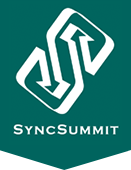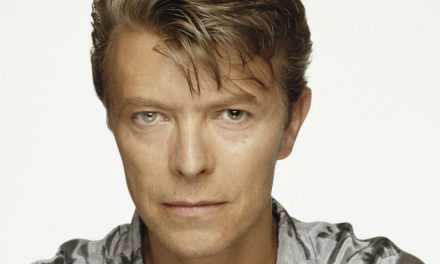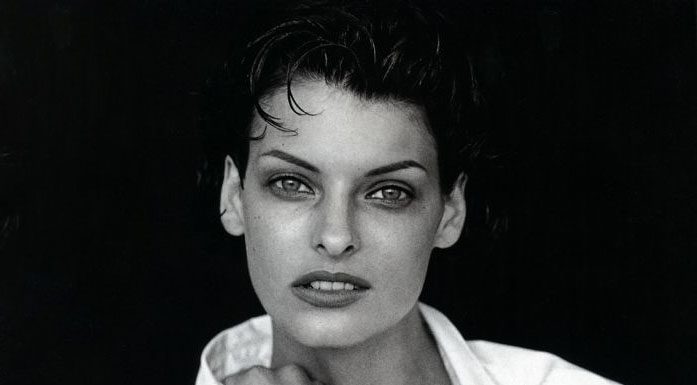During drinks last night with the head of sync at a major indie label group, the conversation turned to the increasing importance and interest labels and artists place on getting syncs and placements in commercials, TV, film and games than in years past, and more important how those placements directly translate into more audience, more interaction, more Google and Shazam searches and ultimately, more sales.
In fact a number of prominent artists you wouldn’t even think would do a sync are actually creating music now specifically for visual media projects, happy to get the exposure and revenue.
The world’s changed a lot over the past two decades, and as the music industry evolves, brands and visual media projects are in many ways taking on a role, marketing, that’s traditionally been the responsibility of labels, and placements in visual media projects are rapidly becoming one of the primary music discovery methods for new fans – and I believe it will soon supplant radio in importance.
So if you’re a musician, or just work with one, you really need to spend serious effort on getting placements and looking for brand-affiliation opportunities.
Tell me something I don’t know.
Yes, I know, I know – everyone knows this, but how do you actually go about doing it?
Well, I’ll give you two examples of how it can be done – one from the A-List to give you an example of how powerful teaming up with a brand can be in terms of promoting an artist’s work, and one from an indie artist with no label that had a bunch of syncs and one of them turned into an endorsement deal.
Brand New Day: Sting, A Desert Rose and Jaguar – $18 Million and a music/brand tie-in first.
There have been a lot of tie-ins between artists and brands through the years, but one of the most interesting (in my opinion) was the brainchild of legendary IRS Records founder and former manager of The Police and Sting (and SyncSummit Hollywood Keynote) Miles Copeland. It was the first time that a song was specifically promoted within an ad.
You can hear the full story (and much more) during Miles’ keynote if you join us at SyncSummit Hollywood this September 8-9, but I’ll give you the basics here.
When Sting’s album “Brand New Day” bowed in fall 1999, the sales were solid, with his record label A&M/Geffen/Interscope expecting the album to sell about 1MM in sales in the US.
Respectable but not a blockbuster for those days, and certainly not for Sting.
Now here’s where things get interesting.
The car used in the original music video for “Brand New Day’s” second single, “Desert Rose” (Sting’s duet with räi singer Cheb Mami, who Miles introduced to Sting in 1999), happened to be a Jaguar S-Type.
When the video was finished, everyone was a bit disappointed that it looked like a bit too much like a Jaguar commercial, except for Miles, who grinned from ear-to-ear and said “Yes, that’s exactly what it is!”
A week (and a few well placed phone calls to Jaguar’s ad agency Ogilvy & Mather) later, Miles Copeland not only tied “Desert Rose” to an $18 million global marketing budget, but also secured the complete integration of the new single (including a visual of the name of the song and album) into 30 and 60-second ads for Jaguar’s S-Type (titled “Sting S-Type”), putting both Sting (who starred in the commercial) and the single front and center in the ad, effectively making the Jaguar ad a commercial for the new single/album.
Is it a car commercial or a music ad? It’s both.
This was the first time there was a specific in-ad visual song promo for a song within a major brand campaign ad and it was groundbreaking in terms of artist promotion.
And the result? The tie-in helped sales of the album “Brand New Day” surge from 1 million to a total of 9 million globally.
Since then, many artists have done bespoke brand/placement tie-ins like that of Chevy and Fun, with the goal not only to generate significant revenue from placement/endorsement deals, but to grow audience and move product.
These types of deals are doubly important to artists and labels in a time where label marketing budgets are tight. By tying into major ad campaigns where brands spend millions of dollars to promote a new product, an artist and their music can be exposed to millions of potential new fans, building audience and ultimately sales.
Pretty Impressive, but how does that relate to an artist that’s not a superstar?
Well, it’s not only the big artists that can get endorsement and brand tie-ins, and it need not necessarily be a huge deal to have a marked impact to an artists audience size and bottom line.
I know personally of artists that have been able to parlay a placement or two (or few) into a deeper relationship with a small-to-mid sized brand – locally, niche or regionally. And these deals bear fruit.
One artist I know had some success with several syncs from a mid-sized company in the fitness industry. It was a good sync, the artist made money, and the client loved the music.
The client loved the music so much in fact, they offered the artist a deal that included not only the opportunity of more syncs, but also offered to commission a song to be written by the artist, to feature the music on their website and DVDs as a brand ambassador, including featuring the artists’s information, creating a promotional video starring the artist, and paying for studio time and travel.
And though the deal overall didn’t come out to more than five figures, it gave the artist both a good payday and exposure to tens of thousands of potential new fans and buyers.
Not a bad result from what was originally a simple licensing deal, right?
These sorts of deals happen everyday for breaking artists – endorsements, tour support, tie-ins can and do happen from initially connecting with a brand to do one placement and expanding the relationship.
So how do you get such a deal?
Just keep an eye to any potential endorsement opportunities or further collaboration with the people that use your music for campaigns or content.
Chances are, if they like your music, they could want to you to work with them more closely, and that could lead to more marketing reach for you, a bigger audience and ultimately greater revenue.
— Mark




